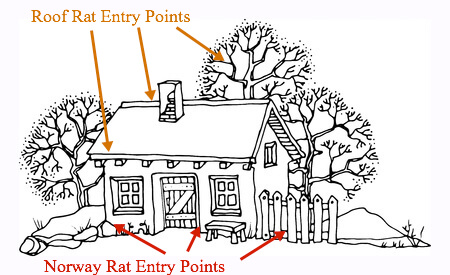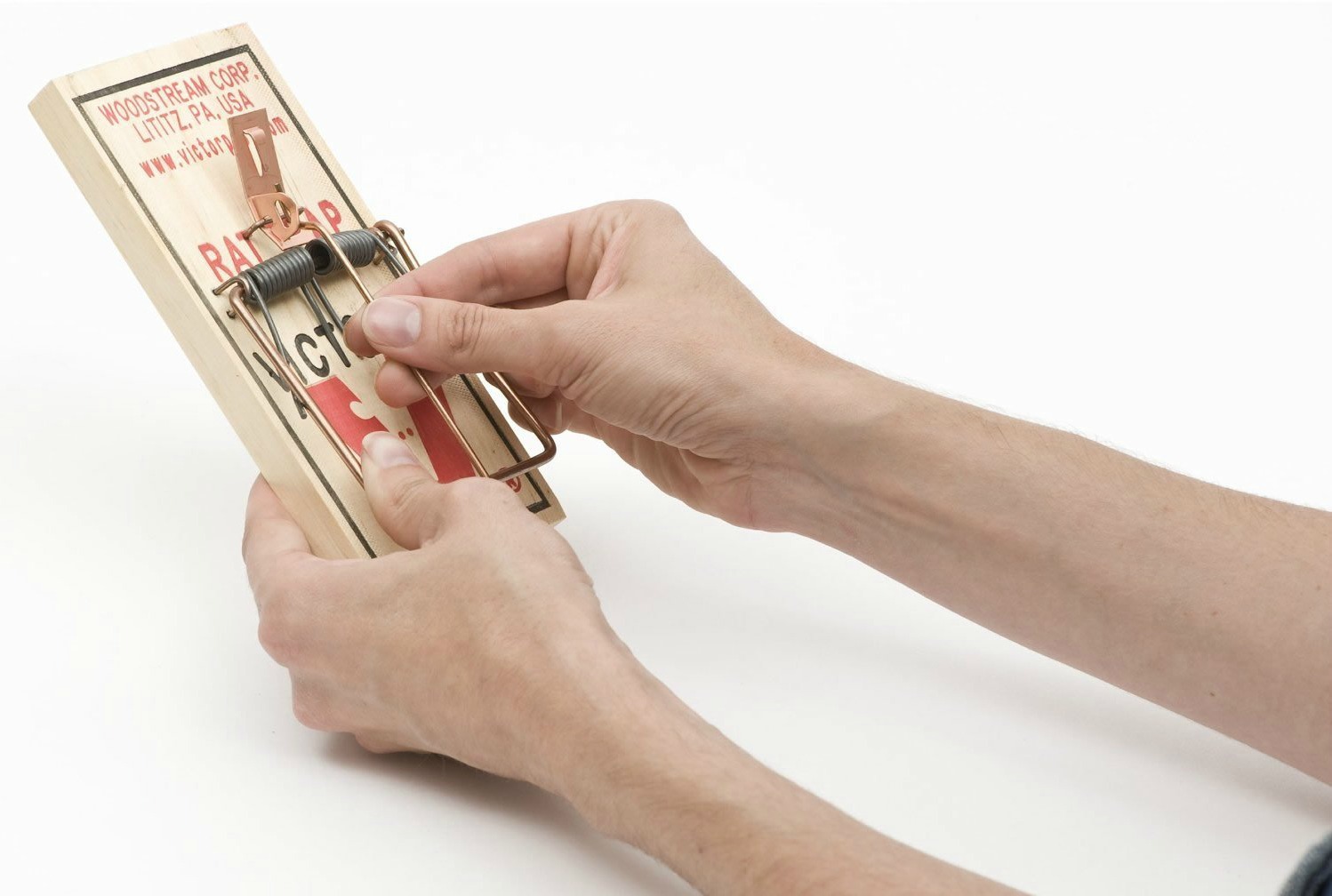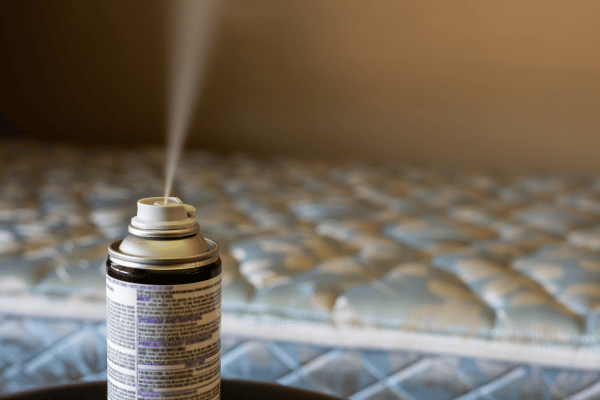- Home
- Trapping Rats
- Getting Rid of Rats
Getting Rid Of Rats
This post may contain affiliate links so I earn a commission.
Getting rid of rats in your home, attic, or kitchen can be accomplished safely and effectively if you follow a few basic steps.
Rats are not only destructive to your home as they gnaw holes and chew wires, they also carry diseases and parasites that can contaminate your home and living space.
Once you've determined you have rats living in your home, you'll need to take care of them as quickly as possible before a small problem becomes a big one.
There are two key factors for successfully removing rats from your home.
First, you need to find out how the rats are getting inside.

This is probably the most difficult part of the process.
It involves inspecting all areas of your home, from top to bottom searching for openings as small as 3/4'' which is about the size of a quarter.
Second, once you have your house sealed off from any additional rats coming in, you'll have to remove the rats already inside.
To remove the rats, simply set a few well placed traps and your problem should be solved in just a few days.
Getting Rid Of Rats - Sealing Off Your Home
As previously stated, the most important part of getting rid of rats is sealing off your home to prevent any additional rats from coming inside.
As rats enter or exit your home they leave behind a pheromone scent that attracts other rats to the opening.
If you don't seal off your home, you'll continually have new rats coming in to replace the ones you're trapping.
It will just be an endless cycle.
Depending on where you live you will be dealing with either Norway Rats or Roof Rats.
Norway Rats are the most common and typically enter your home at ground level.
Roof Rats prefer higher elevations and will enter your home through ridge vents, soffits or gable vents.

To seal off your home you need to check both the interior and exterior of your home for cracks or holes 3/4'' or larger.
Although rats have bodies that look large, they're able to squeeze through very small spaces.
Look for chew marks where they have gnawed through your siding, vents or other areas to gain access into your home.
Once you find an entry point, seal it off with metal flashing or steel mesh.
Don't just use spray foam or caulk alone to fill the hole because the rats will just chew threw it again.
Getting Rid Of Rats - Setting The Traps
Once you have your home sealed off and no additional rats can enter, it's time to trap the rats inside.
To trap the rats, the Victor wooden snap trap is the best trap to use.
They are cheap, easy to set and you can purchase multiple traps to cover more area without spending a lot of money.
Avoid using poisons or repellents.
Poisons are not only dangerous, but a poisoned rat can die anywhere inside your home leaving behind a horrible smell that can last for weeks.
Stick to a simple snap trap, it's a lot easier and they're effective.

Set the traps at locations where rats are active.
Look for droppings or grease stains left behind by the rats on walls, insulation or other items.
If you find droppings and grease stains, set a trap in that area and you'll trap the rat without any issues.
To bait the trap, use peanut butter.
Peanut butter sticks to the trigger making it harder for a rat to steal the bait, plus the smell helps attract the rats.
If you find an area with a lot of rat activity set multiple traps.
Don't be afraid to use 6-12 traps throughout your home, or even more.
The goal is to trap the rats quickly and effectively before they become "trap shy" which can happen as rats become more educated about your trapping methods.
Set traps along paths you find in insulation, along walls or behind your refrigerator.
Rats typically follow the same route as they travel from one spot to another.
Avoid setting traps in the middle of a room.

Rats like to travel along walls and through covered areas for protection.
Check your traps daily and remove any rats that you have caught.
Reset the traps until all of the rats have been trapped.
You should be able to trap all rats within 3-5 days.
If you continue to trap rats after 3-5 days, check for additional entry holes because chances are new rats are coming inside.
Getting Rid Of Rats - Overall
Getting rid of rats is not a difficult process.
It does take some time and effort on your part to locate the entry points and place the traps in the appropriate areas.
However, once you seal off the entry points and set the traps, you will solve your rat problem for good without hiring an expensive professional.



